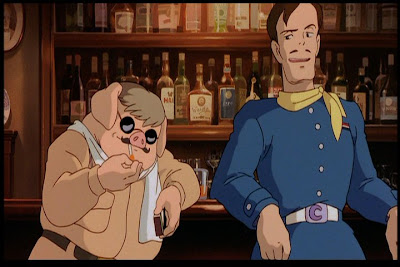The Class will be assigned 6* specific Graphic Novels. We’ll rotate the books around so that each of you gets a chance to read and respond to one novel a week. In order to do a proper response, you will need to understand Orson Scott Card’s “M.I.C.E. Quotient”, Freytag’s “Five-Part Dramatic Structure”, and a willingness to explore the unfamiliar!
Instructions:
For the title of the post use the title of the reading along with your first and last name.
For the labels use: Your first and last name, book title, and type in: Responses
1. Analyze: Choose one of the six following that have not, for the book you are reading, been chosen before by another student:
(a) Milieu – rate as “primary” or “secondary”
(b) Idea – rate as “primary” or “secondary”
(c) Character – rate as “primary” or “secondary”
(d) Event – rate as “primary” or “secondary”
(e) Rising Action
(f) Falling Action
Explain (a, b, c, d, e, or f) in terms of the Graphic Novel you are responding to.
2. Springboard: This is in 2-steps. First, Identify the specific knowledge or know-how the writer had to know in order to tell this story (example: Hellboy = African mythology of Anansi the spider, Tank Girl = Homer’s Odyssey). Secondly, go off and do light research into that field of knowledge to discover one thing you did not know before, share that newfound knowledge with us (keep it short).
3. Apply (optional for first 2 reviews, mandatory for last 4): Apply your newfound knowledge in some way to your own Story Treatment**. You can be as specific or as vague as you like.
4. optional Rating: Give the story a rating (G, PG, PG-13, R), give one or two specifics justifying why, include page #'s.
ALSO: A note on post edits.
As you post your responses I will be commenting on them, and in some cases, asking for necessary adjustments to your response.
While I do ask that you edit your original posts, please DO NOT ERASE ANY PORTION OF THE ORIGINAL POST.
Rather, what you should do is add completely new paragraphs to it, and title new content with headers that say "Edit:"
*6 novels to read, I have prepared some substitutions.
**Story Treatment is your personal project that is a part of your final.































